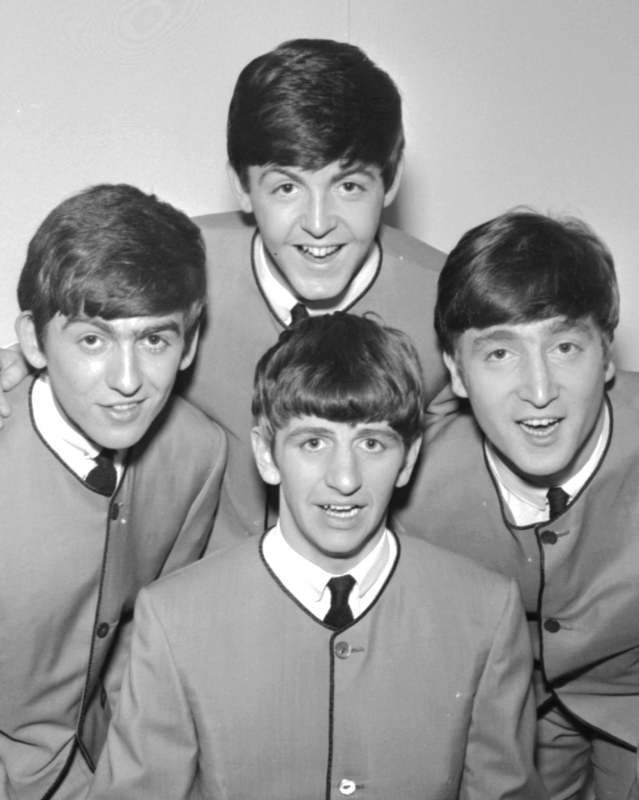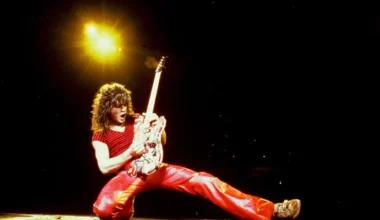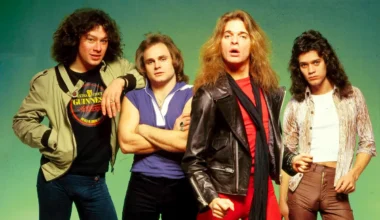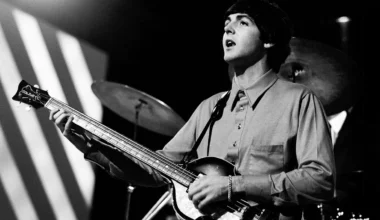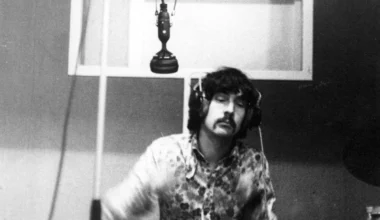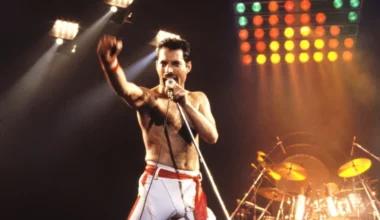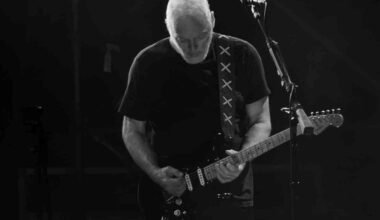The Beatles were pioneers of a still-emerging genre when they started. Even though the first wave of performers like Chuck Berry may have thrilled listeners all over the world, the Fab Four’s inventiveness was crucial. Collaborating with George Martin to transform their albums into sonic masterpieces was necessary to push the genre into uncharted territory. Some musicians were horrified to work with the Beatles, even though they would eventually move into the studio in the latter part of the 1960s.
It would make sense for any musician to feel insecure, especially considering the amount of work the band put into their later material. Eric Clapton felt uneasy when asked to perform the guitar solo for George Harrison’s song “While My Guitar Gently Weeps.” This was despite being hailed as the next guitar god.
While The Beatles were still ironing out the kinks in their studio-driven sound on albums like Rubber Soul, it was nothing like the aural leaps they made. These leaps became evident in a post-Sgt. Pepper world. The band’s folk-infused offering featured the sitar in “Norwegian Wood” and the fuzz bass in “Think For Yourself.” This introduced the world to a variety of musical approaches. They did this by using the studio as an instrument for the first time.
The band decided to push themselves further on their next album, Revolver. The inventiveness of it completely stunned everyone who heard it. Inspired by their acidic visions at the time, George Harrison and John Lennon rose to the challenge. They produced far more psychedelic music than before. One notable example is the massive freakout psych-rock song “Tomorrow Never Knows.”
Paul McCartney was honing his ballad-writing chops while the rest of the band was freeing their minds. After writing “Yesterday,” a song from their previous movie Help!, McCartney realized he wanted to explore his storytelling side more. He wrote “Eleanor Rigby,” a song inspired by the multitude of lonely people who, at the end of the day, have no one to hold onto.
George Martin’s musical score served as the accompaniment, with a string section added to realize McCartney’s compositional vision. The song didn’t use any rock instruments. However, the new methods Martin had recommended to them had left the string players mortified when they arrived for work.
In “Here, There and Everywhere,” engineer Geoff Emerick recalled the session players’ embarrassment. He mentioned this when he suggested placing the microphones near their bodies, causing the musicians to be horrified! With a contemptuous expression on his face, one of them rolled his eyes toward the ceiling and muttered, “You can’t do that, you know.” It was a fine line; my responsibility was to fulfill Paul’s wishes. However, I also didn’t want to put the musicians in such discomfort that they couldn’t give their best performance.
Although recording strings in an unconventional manner was not a common practice at the time, the resultant sharp sound was exceptionally well-executed. It evoked a harsh atmosphere akin to the more ominous themes in Alfred Hitchcock’s Psycho. Despite the discomfort, a few hours in the studio laid the foundation for contemporary string sounds on pop records.

